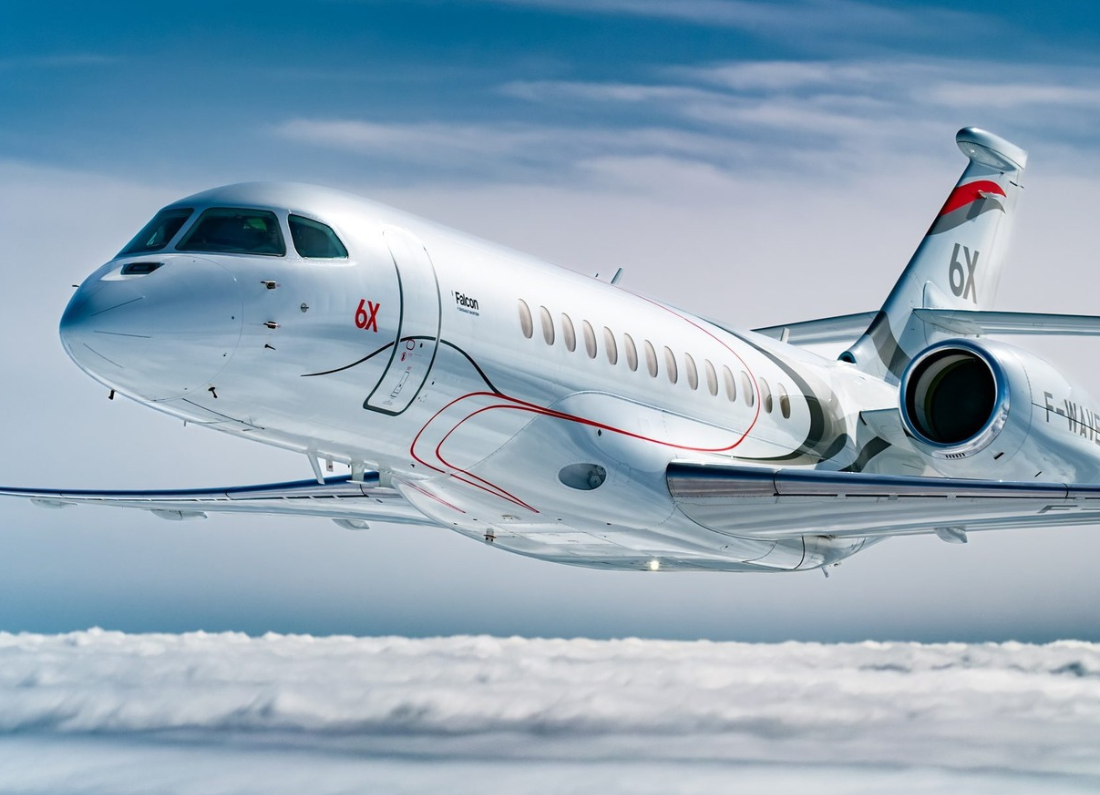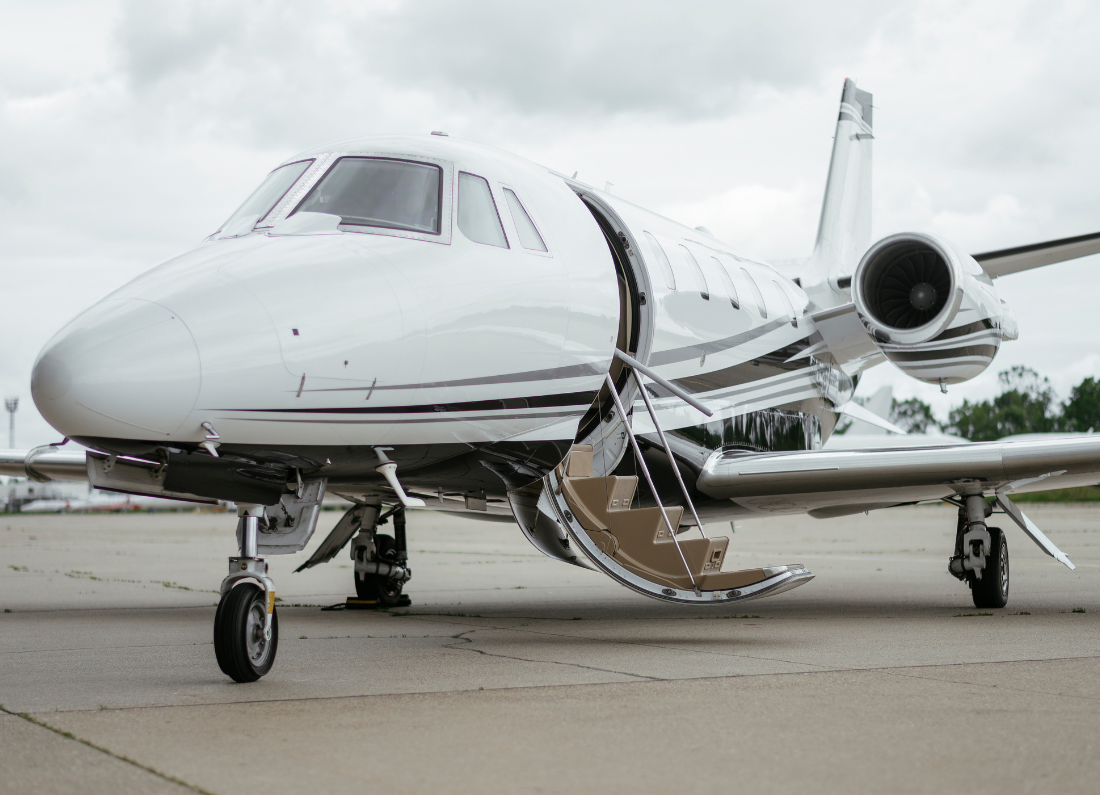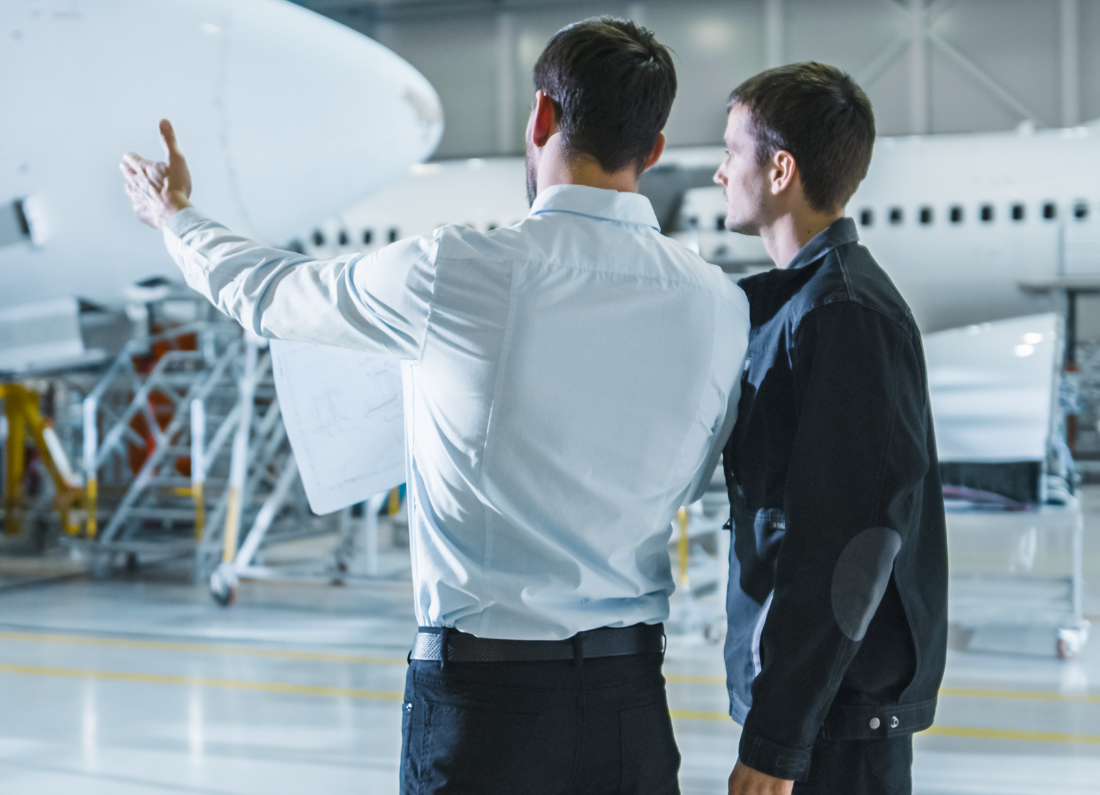MYAVIATION MAGAZINE | GREEN SKIES REPORT
In recent years, private jets have become the ultimate symbol of luxury and exclusivity. From celebrities and CEOs to high-net-worth individuals, the private aviation market is booming. However, beneath the comfort and convenience lies a harsh environmental truth , private jets are disproportionately polluting the skies.
The Carbon Footprint of Private Flying
According to a 2023 report by Transport & Environment (T\&E), private jets are 5 to 14 times more polluting per passenger than commercial flights, and up to 50 times more than trains. Despite making up just 1% of aviation traffic, private jets contribute over 10% of aviation’s CO₂ emissions in Europe alone.
A single four-hour flight on a private jet emits as much CO₂ as the average person does in a year. This staggering footprint has prompted calls for stricter regulations and environmental accountability in the private aviation industry.
Skyrocketing Demand, Rising Emissions
Post-COVID recovery has only intensified the issue. With more individuals seeking exclusive, flexible travel, the number of private jet flights has soared, especially in Asia and the Middle East. Malaysia, Singapore, and Indonesia have seen significant growth in VIP charter operations.
While commercial aviation is investing heavily in more fuel-efficient fleets and sustainable aviation fuels (SAF), the same urgency has not translated to the private sector. Many private aircraft still use older engines with poorer fuel economy.
Are Offsets Enough?
Some jet operators claim to be carbon neutral through offset programs, but environmental groups argue that offsets are not a long-term solution. “You can’t plant enough trees to justify the damage done by luxury emissions,” says Dr. Alia Rahman, environmental analyst with GreenAirWatch Asia. “What we need is accountability, not greenwashing.”
Pushing for Regulation and Innovation
Environmental advocates are urging governments to introduce luxury flight levies, enforce carbon taxes, and limit short-haul private flights when commercial alternatives exist.
Meanwhile, the industry is exploring electric aircraft, hybrid propulsion, and SAF adoption. Companies like Lilium and Ampaire are testing electric jets, but commercial availability is still years away.
Conclusion: A Call for Responsibility
Private jet travel is unlikely to disappear, but its environmental impact can no longer be ignored. For aviation to align with global climate goals, the industry must innovate, regulate, and rethink how luxury travel fits into a sustainable future.
As the skies grow more crowded and carbon-filled the question isn’t whether we can afford private jets, but whether the planet can.
For more aviation sustainability coverage, subscribe to MyAviation Magazine.













Leave a Reply